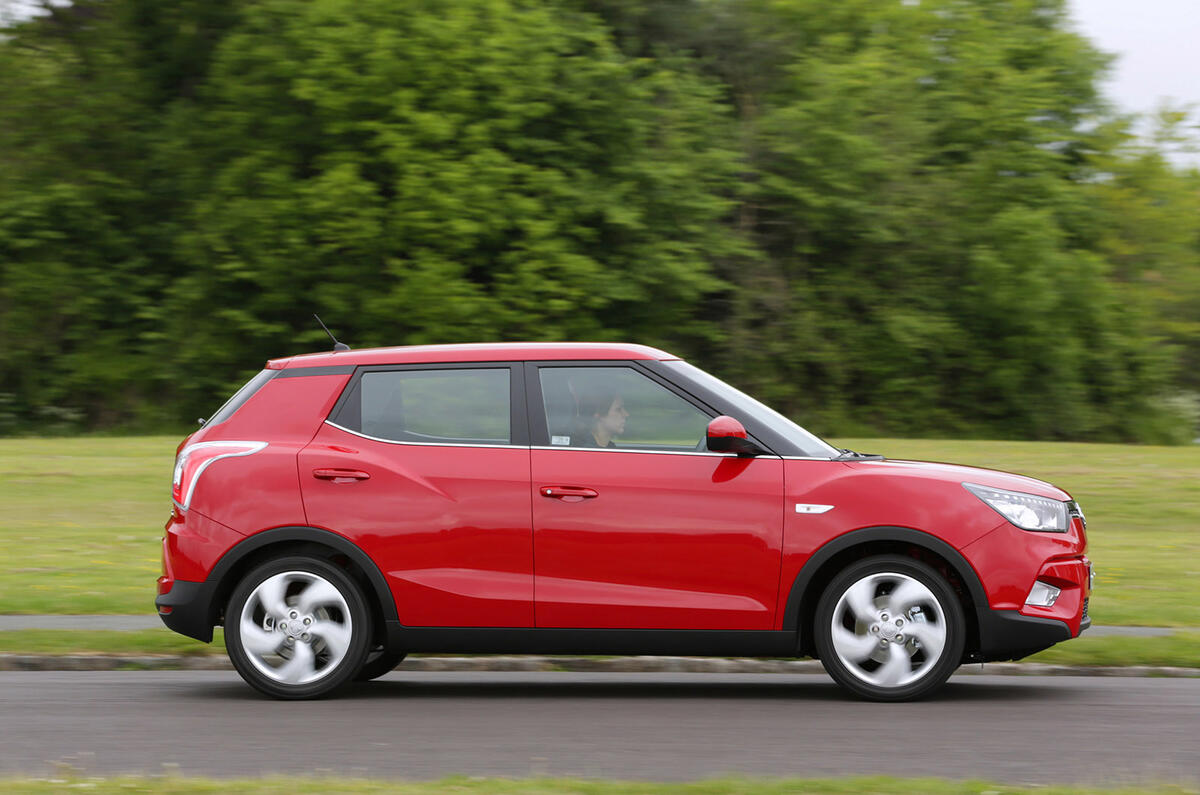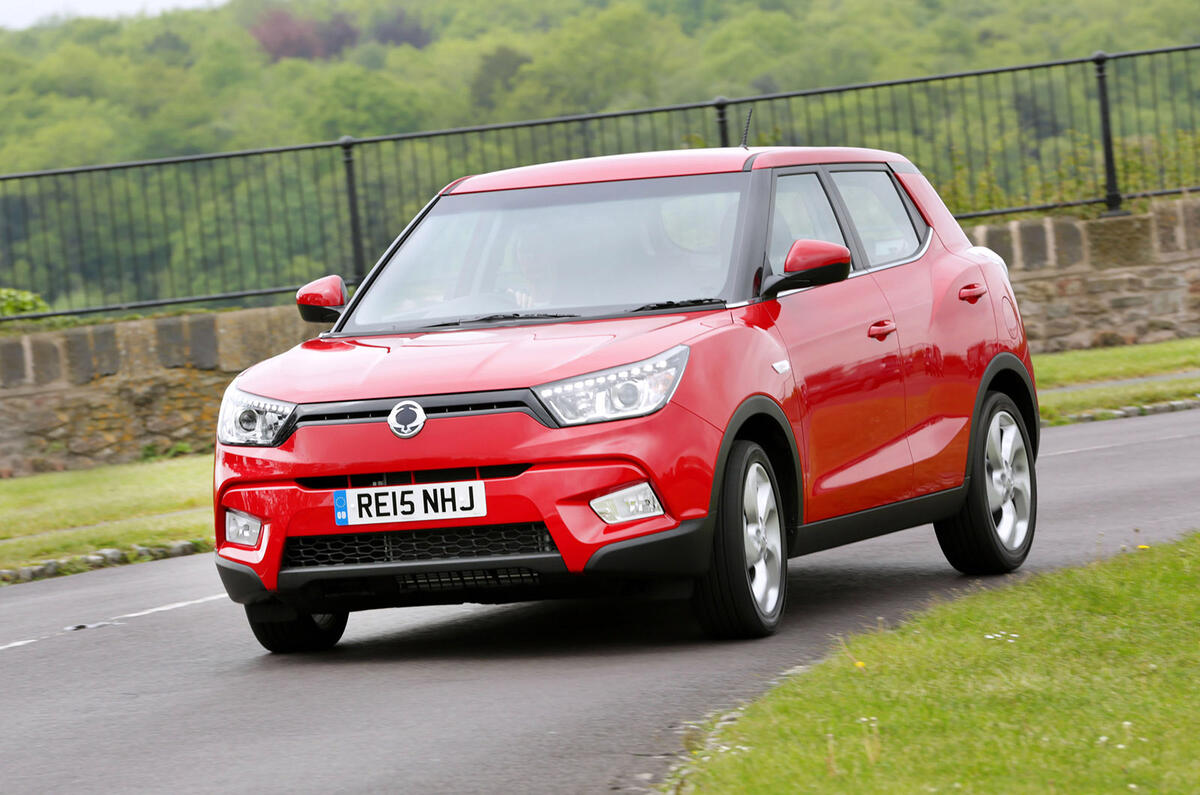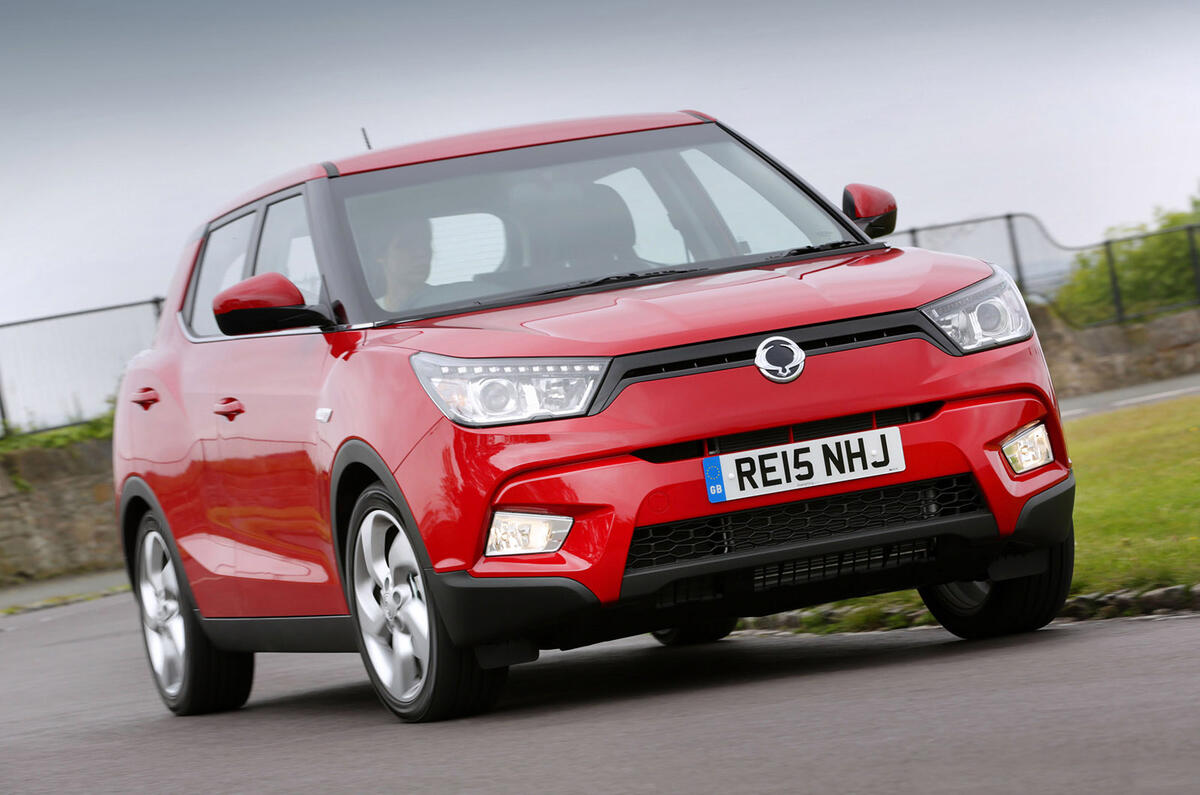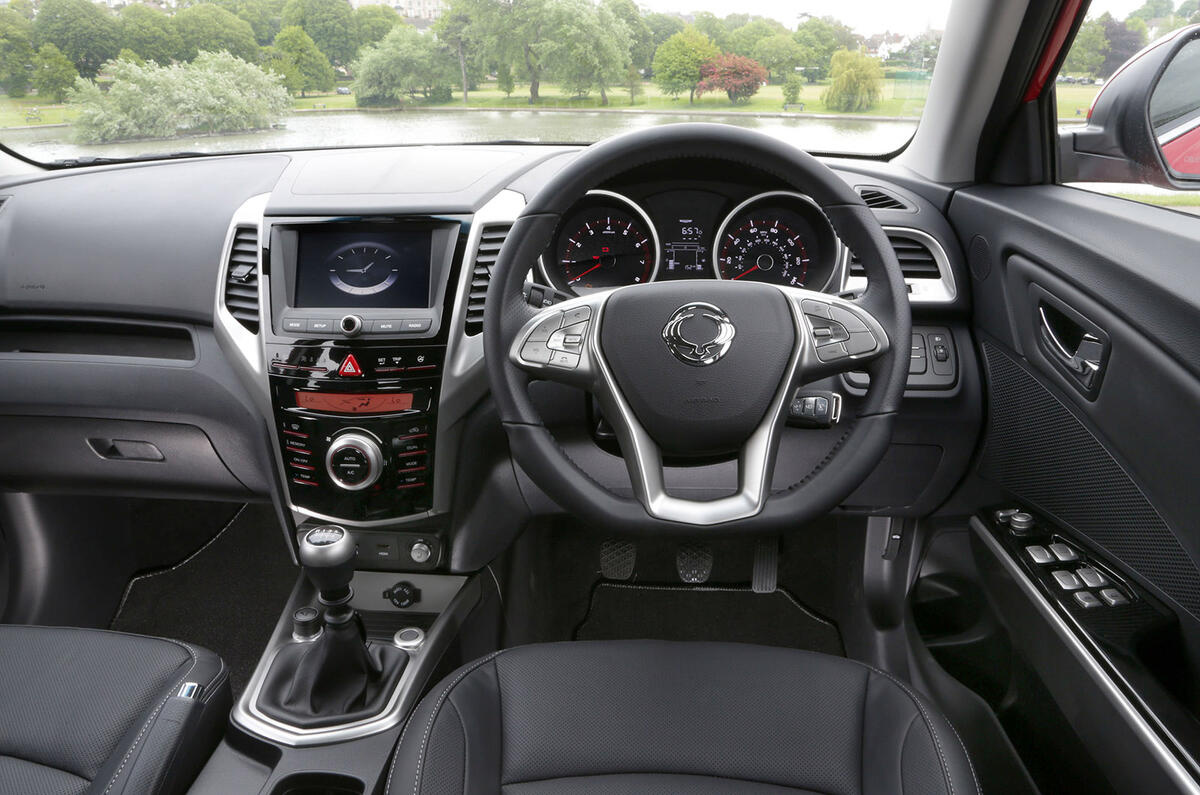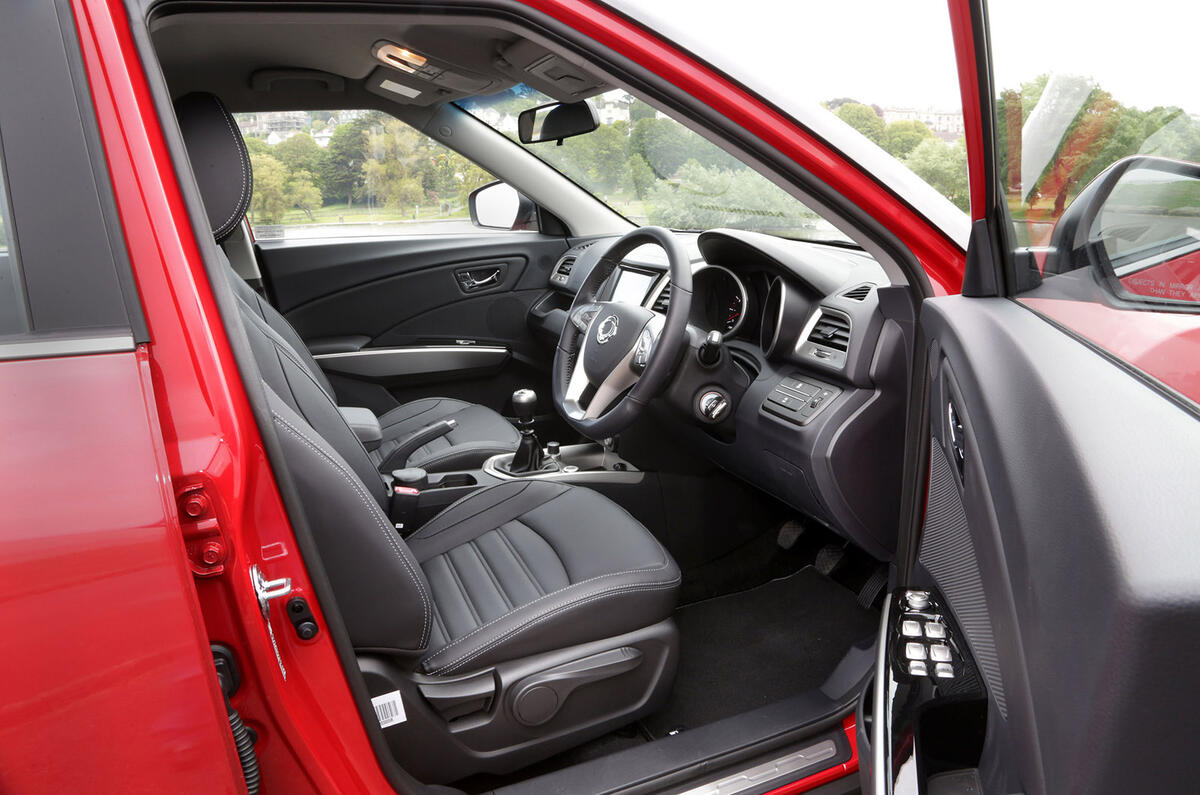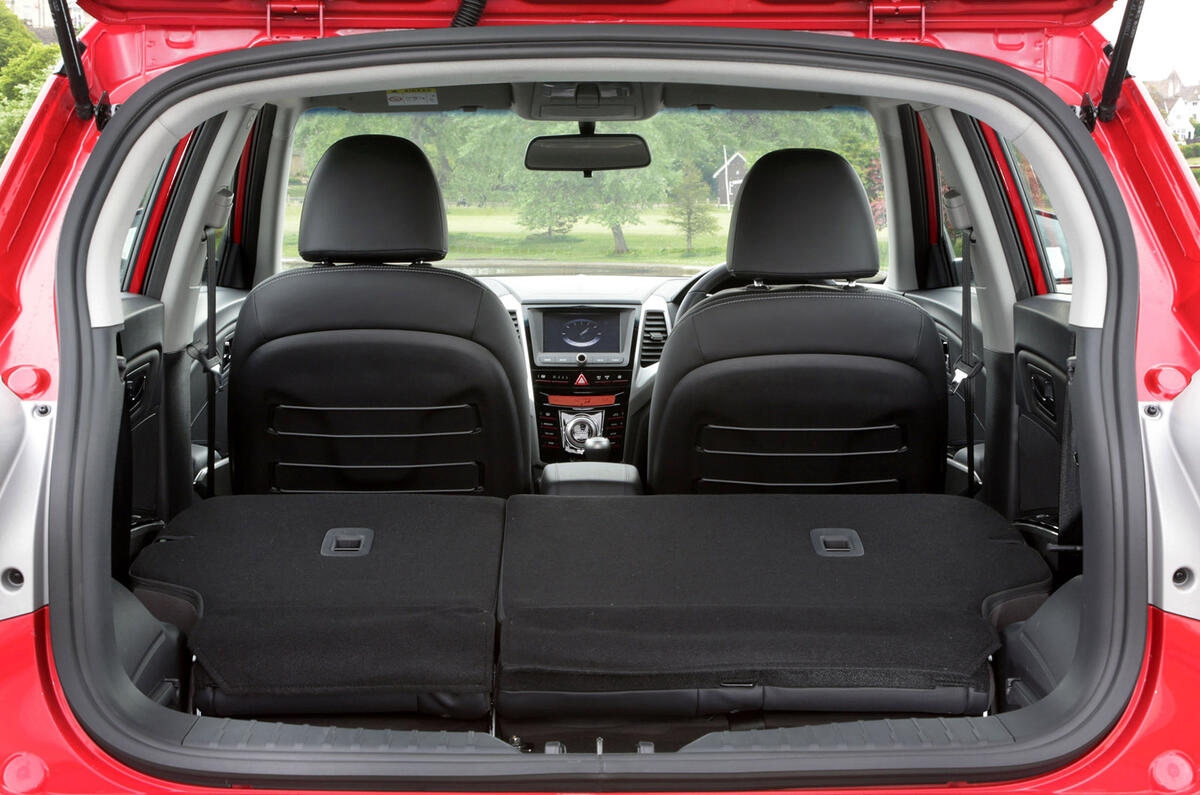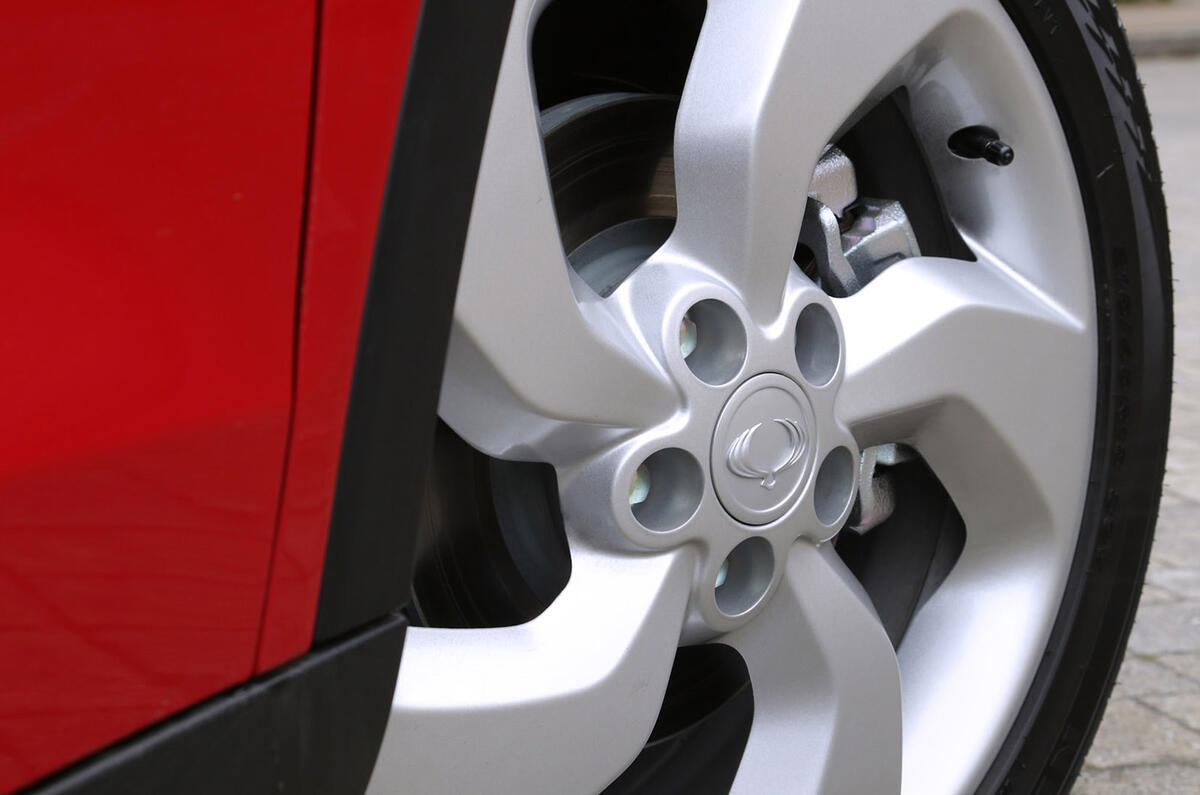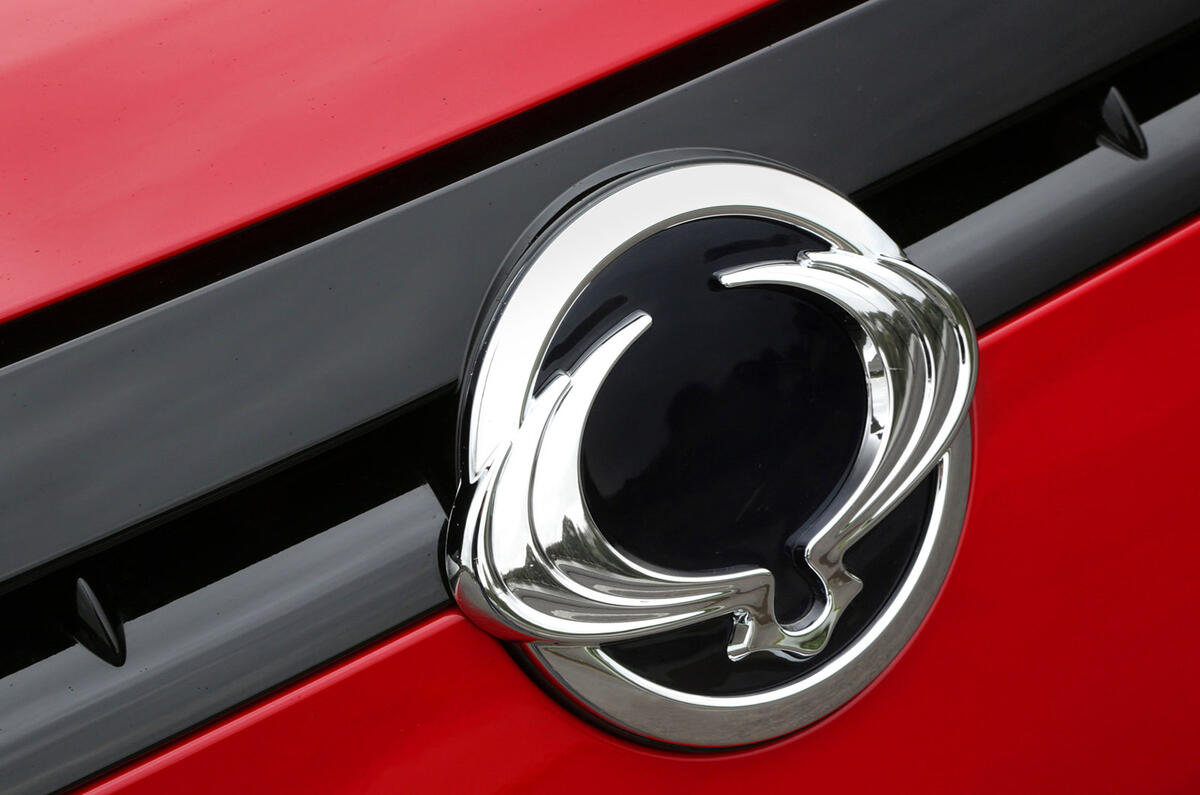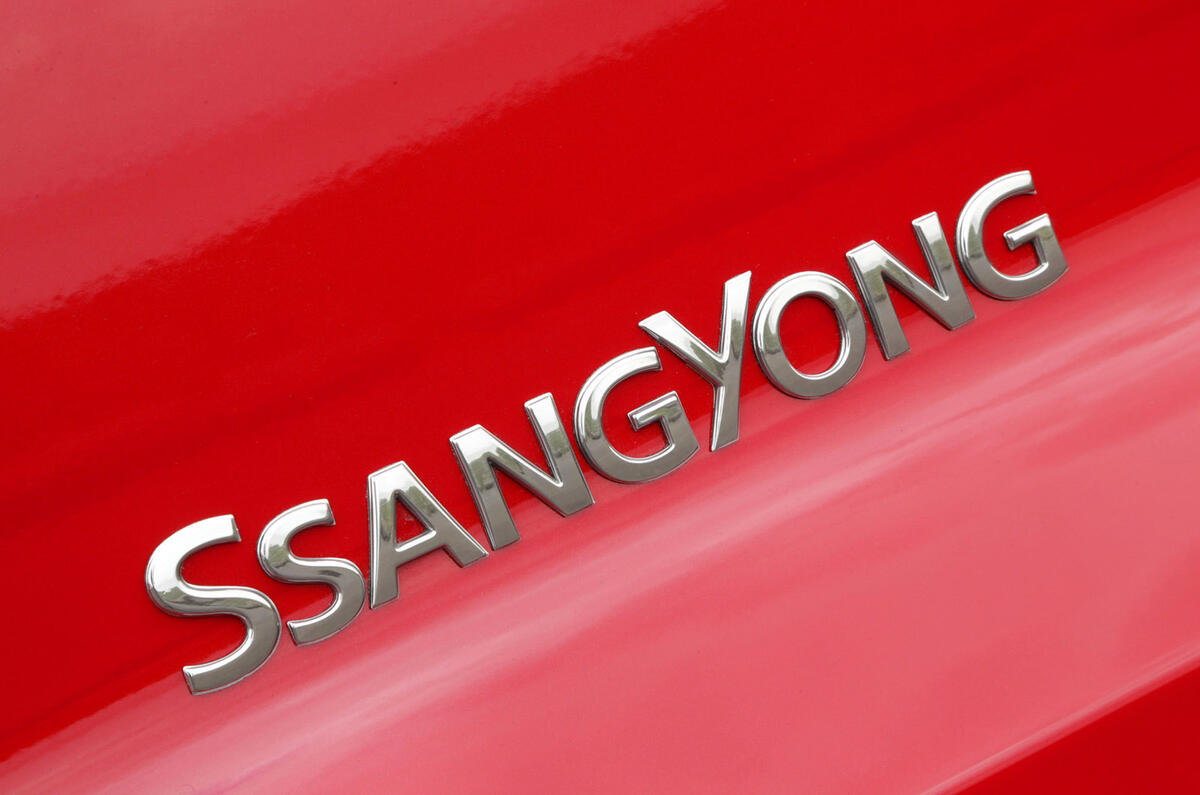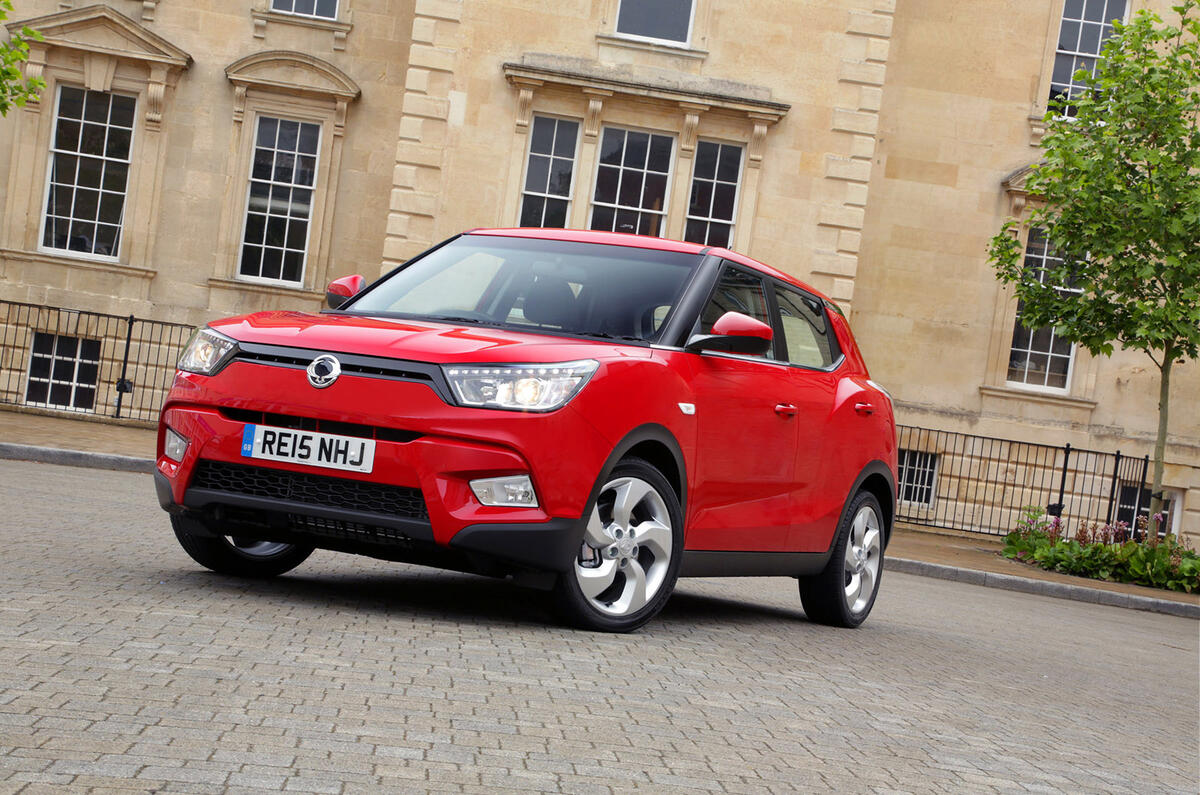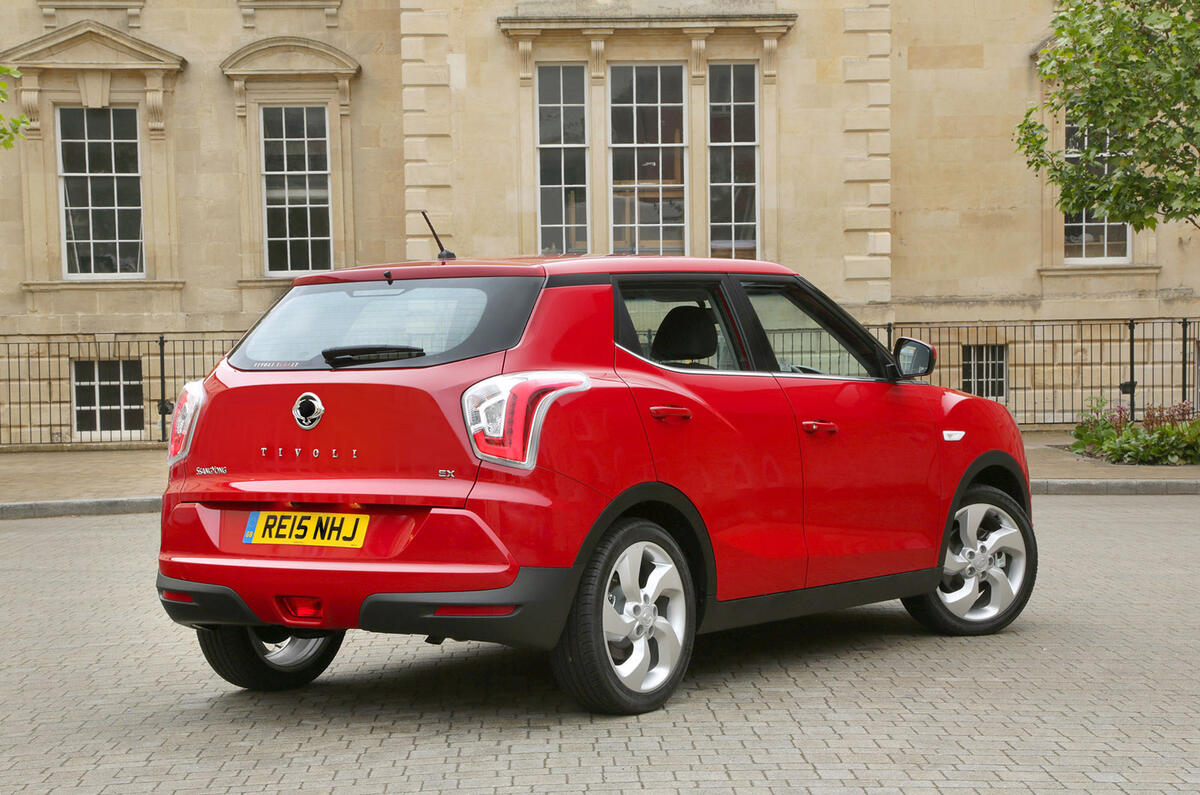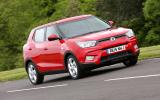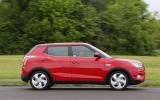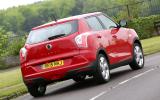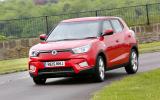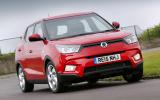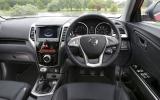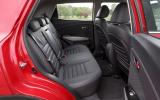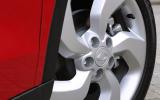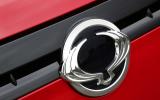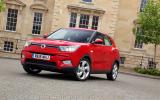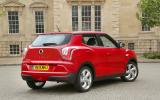The Ssangyong Tivoli is Ssangyong's bargain-priced competition for the Nissan Juke. It's made by South Korea’s own 4x4 brand - the same people who brought you the Ssangyong Musso, Ssangyong Korando and Ssangyong Rexton.
Going on sale as just about every other car maker in the universe launches a pumped-up supermini, it’s got a lot to do just to announce its presence on the European scene. However, Ssangyong's aggressive, value-for-money positioning should help.
This entry-level Tivoli in SE trim gets seven airbags, 16in alloys, cruise control, Bluetooth and USB connectvity and plenty of power, for a price that undercuts smaller and less well-endowed rivals; in some cases, by thousands of pounds.
It looks better value still as you move up the model ladder. Mid-range EX spec gains heated front seats, dual-zone climate-control, 18in alloys, full leather interior and a 7in touchscreen with reversing camera. Range-toppng ELX trim further adds keyless-go, front and rear parking sensors, sat-nav and automatic headlights and wipers.
Those who want a compact crossover with proper SUV features such as heated leather seats, an automatic gearbox or four-wheel drive often find they’re available only on headline versions of these junior utility vehicles, some of them priced on the far side of £20,000.



